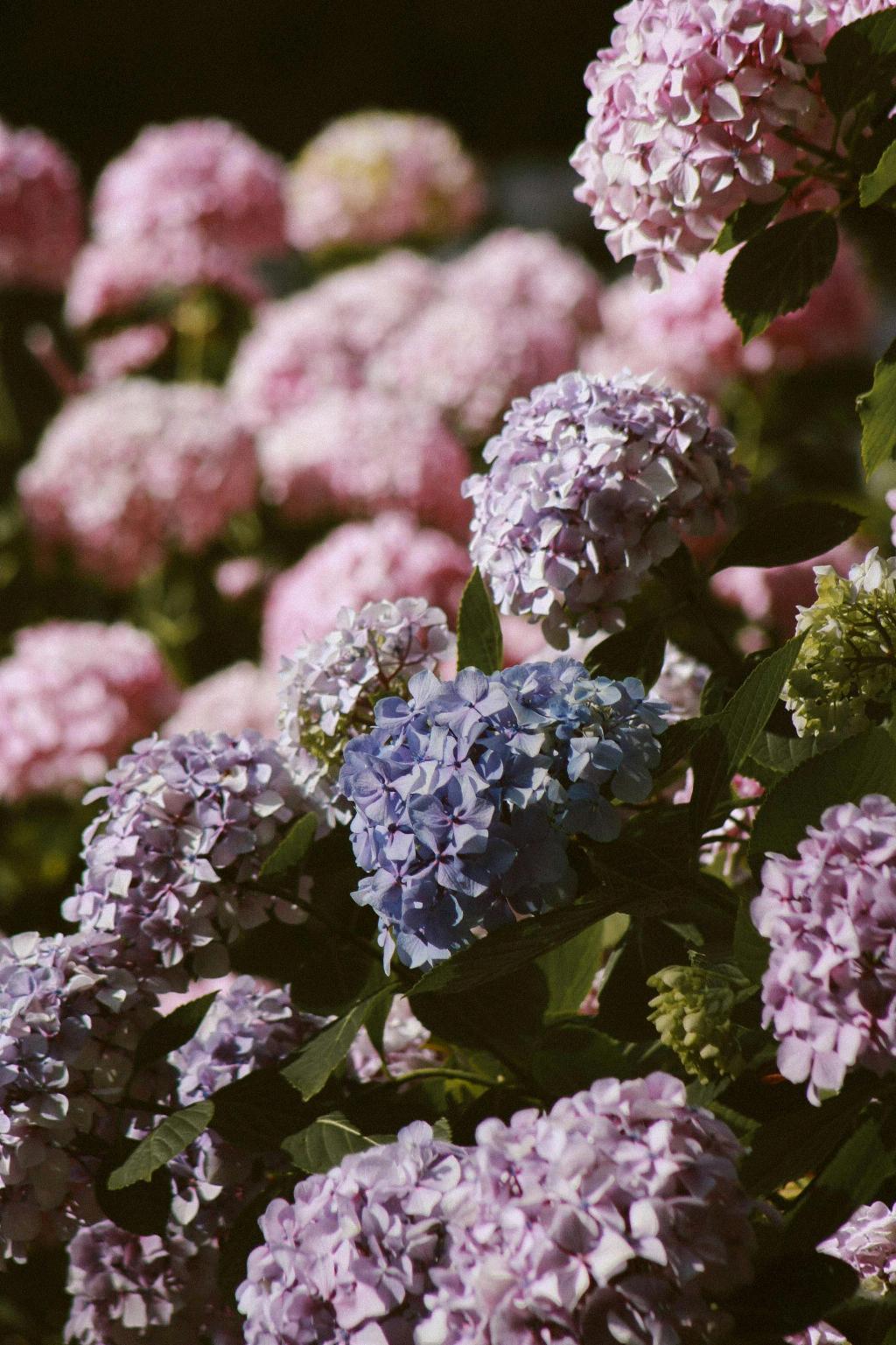When it comes to caring for your beautiful hydrangeas, there are a few key things to keep in mind. First and foremost, hydrangeas thrive in fertile, well-drained soil. To ensure your plants have the best possible environment, consider amending your soil with compost and other organic matter to provide those essential nutrients.
While it’s important to feed your hydrangeas, it’s crucial not to overdo it with fertilizers. Adding too much fertilizer can actually result in fewer flowers blooming. Aim to fertilize your hydrangeas only a couple of times during the growing season to maintain a healthy balance and vibrant blooms.
One fascinating fact about hydrangeas is that only the macrophylla species change color based on the acidity of the soil. If you’re looking to adjust the color of your blooms, you can play around with the soil pH to achieve your desired hue. This unique characteristic adds an exciting element to caring for your hydrangeas.
Hydrangeas are known for their stunning and diverse bloom colors, ranging from vibrant pinks and blues to elegant whites and purples. To make the most of these stunning hues, it’s essential to provide your plants with adequate water. Hydrangeas typically require around 1 inch of water per week, especially during hot and dry periods.
Pruning plays a vital role in maintaining the health and shape of your hydrangeas. Knowing when and how to prune your plants can make a significant difference in their overall growth and blooming potential. For many hydrangea varieties, it’s best to prune them immediately after they finish blooming to encourage new growth.
Another crucial aspect of caring for your hydrangeas is understanding the specific needs of different varieties. While some hydrangeas prefer full sun, others thrive in partial shade. By researching the specific requirements of your hydrangea species, you can ensure they receive the proper amount of light to flourish.
Pests and diseases can pose a threat to your hydrangeas if left unchecked. Keeping an eye out for common issues such as aphids, spider mites, and powdery mildew can help you address any potential problems early on. Consider using organic pest control methods to protect your plants without harmful chemicals.
As the seasons change, so do the needs of your hydrangeas. In colder climates, providing winter protection such as mulching can help insulate your plants from extreme temperatures. Additionally, be mindful of overwintering strategies to ensure your hydrangeas emerge healthy and vibrant in the spring.
Hydrangeas make stunning additions to both outdoor gardens and indoor arrangements. To prolong the life of cut hydrangea blooms, consider re-cutting the stems at an angle and placing them in a vase of water. Changing the water every few days can help keep the blooms fresh and vibrant for longer.
For those looking to propagate their hydrangeas, a few simple techniques can yield rewarding results. From taking cuttings to dividing mature plants, there are several methods to expand your hydrangea collection and share these beautiful flowers with others.
Overall, caring for your hydrangeas is a rewarding experience that allows you to appreciate the beauty of these versatile plants. By following these tips and maintaining a consistent care routine, you can enjoy vibrant blooms and healthy growth year after year.
With the right knowledge and attention to detail, your hydrangeas will flourish and brighten up your garden with their enchanting colors and graceful blooms. Take the time to care for your hydrangeas properly, and you’ll be rewarded with a stunning display that adds charm and elegance to your outdoor space.

